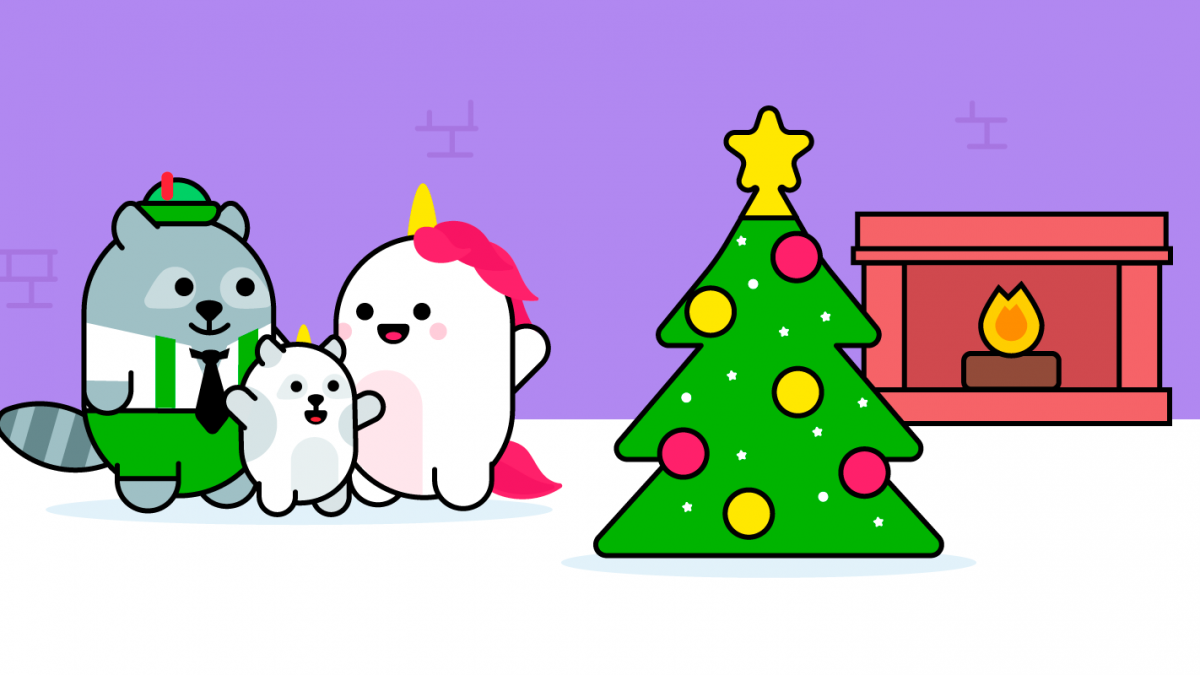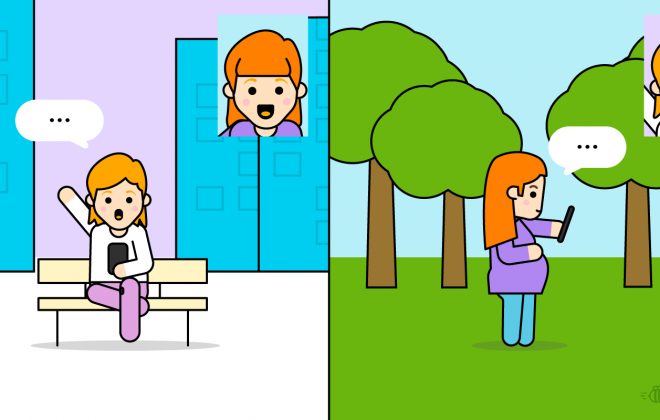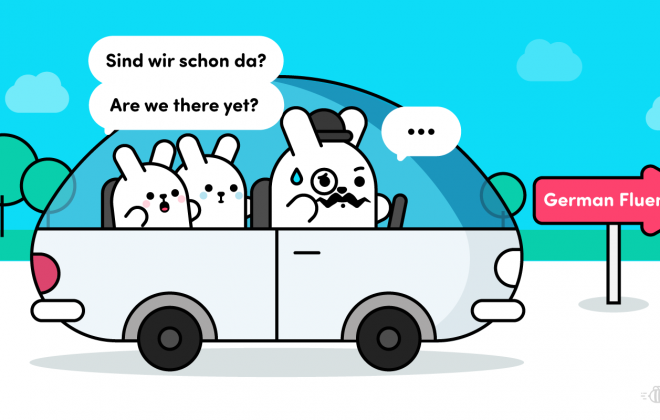Christmas Traditions in Germany
Germany has a rich history and part of this is a legacy of many traditions and traditional foods for a variety of occasions. Due to its Western Christian, European tradition, Christmas is, of course, one of such occasions.
Over the years, many Christmas traditions that originated in some part of the German speaking world have been exported, some more recently than others, and due to this many appear familiar to many people, even if their “original” versions can appear a little quirky.
Here, we’ll take a look at some of the more significant or widespread so that if you happen to find yourself in Germany for the holidays you aren’t caught off guard!
Advent
The tradition of Advent, or “arrival” of the Christkind (Christ Child) is deeply rooted in Germany, Austria and the German-speaking part of Switzerland, and signals the start of the Holiday season in the German speaking world.
During the four weeks leading up to Christmas itself, starting on the fourth Sunday before Christmas day in late November or early December, some families set up an Adventskranz or Advent’s wreath with four candles that are lit successively on every Advent Sunday while people gather to sing Christmas carols around them. This tradition originated in Germany among German Lutherans in the 16th Century and is one of the earlier Christmas traditions that were exported to other countries and denominations. During Advent, people also gather to drink Glühwein and eat and often even bake Plätzchen, traditional biscuits that are similar to gingerbread but come in many different varieties.
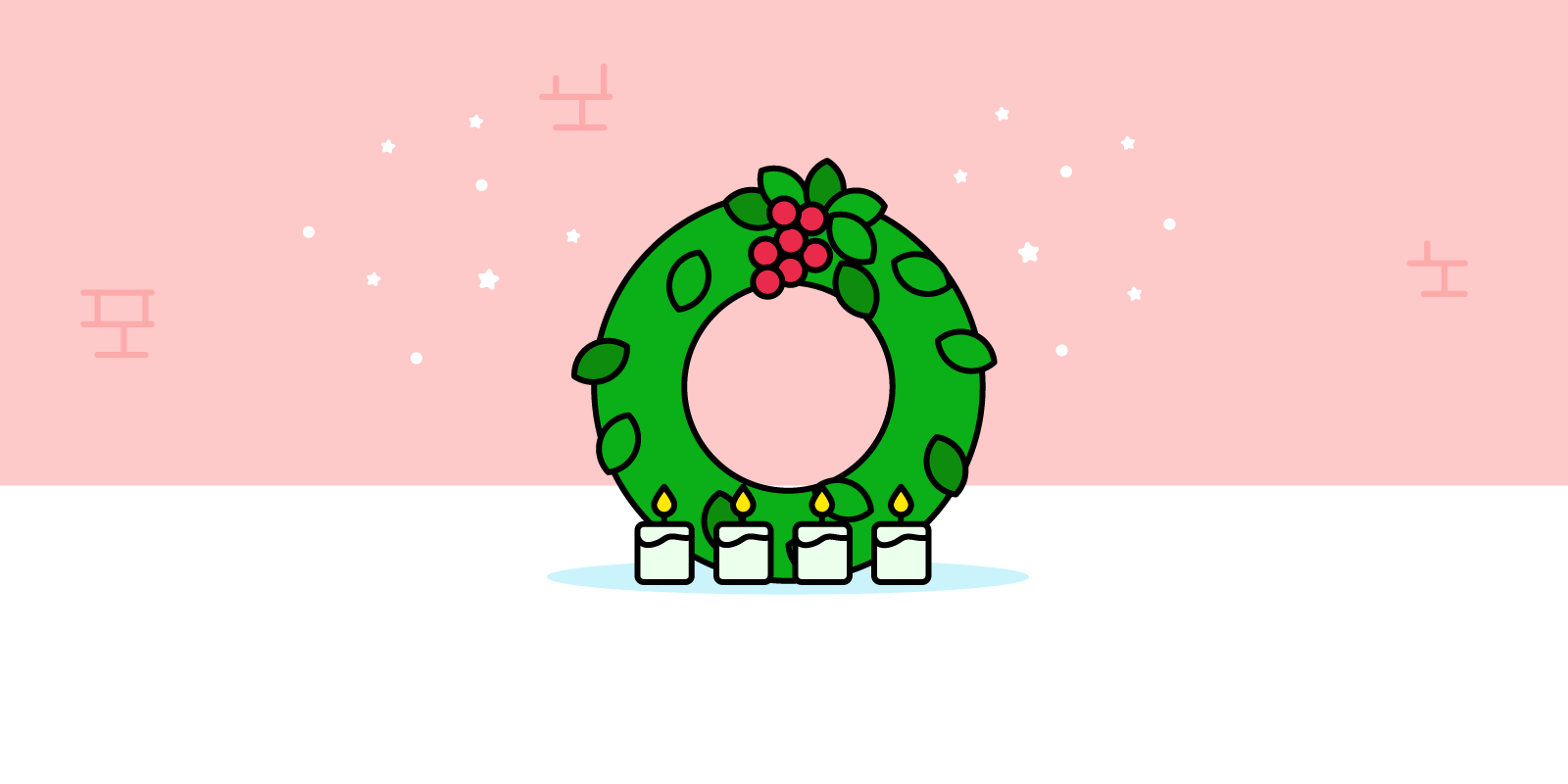
Children begin opening the windows of advent Calendars, eager to find chocolates or candy shaped as various christmas themed things behind each one. Like the above, this tradition has also been adopted elsewhere, but was also first done in Germany by German Lutherans, in this case in the 19th Century. Industrious folk when it comes to coming up with and exporting traditions, these Germans!
Christmas lights are lit and chocolate Santa figurines are suddenly everywhere. The Holidays have begun!
Nikolaustag
For many children in Germany, Christmas comes early and twice- every year.
Celebrated on the 6th of December, Nikolaustag is the first major milestone in children’s holiday celebrations, the first day they get treats! Saint Nikolaus is a figure that foreigners often confuse with Santa Claus because they are very similar in appearance (old men with white beards dressed in red, although Nikolaus, being a bishop, wears a bishop’s hat) and they share the same name, but as Germans will tell you, even if Santa is a kind of a Spin-off of Saint Nikolaus, they are NOT the same!
On the eve of Nikolaustag, the 5th that is, children traditionally leave polished shoes or boots outside their front door for St Nikolaus to fill with sweets, nuts and other treats if they have been good. Unlike Santa, Nikolaus often delivers the treats in person and in full view of the Children after asking them if they’ve been good.
Seid ihr denn auch brav gewesen, Kinder?
Knecht Ruprecht and Krampus
If children have been bad (and Nikolaus obviously knows these things), St Nikolaus has a side-kick, Knecht Ruprecht (literally Farmhand Ruprecht) brings them coal, sticks and stones. This is the more modern version of the tradition, with the older version being that he beats them with a bag of ashes after chastising them about saying their prayers!
In the very South, in Bavaria and in Austria and other parts of Central Europe, Nikolaus has an even nastier companion for dealing with children that have been bad, Krampus. Krampus is a half-goat, half demon that often doesn’t travel with Nikolaus like Knecht Ruprecht, and in fact appears in the streets on the eve of Nikolaustag, often in a parade and sometimes taking on various incarnations, and terrorising young and old alike (maybe not so much the old) in what is known as Krampusnacht.

Christmas Eve and Christmas Day
Christmas Eve and Christmas Day are also a prominent part of Christmas traditions of course! The 24th usually begins like a normal day but ends a bit early so that people have time to get home and get ready for Christmas Eve. Traditionally, a fairly frugal evening meal is eaten, usually consisting of potato salad with sausages or fish, depending on the part of Germany, and then comes the highlight: time to open the presents! Unlike many other parts of the world, in Germany, this happens on the evening of the 24th, Heiligabend which is great news for those that can’t wait. This is again again due to the German Lutherans that thought it would be more fitting to give presents on the night of the 24th rather than on Nikolaustag. It is often common for people to go to mass on the 24th.
The 25th and the 26th “first” and “second” Christmas Day, erster und zweiter Weihnachtsfeiertag, are then public holidays in Germany and nowadays are a family celebration that for many people has lost all traces of its religious origins. Shops and businesses are shut and it is time to visit and be with extended family. People often go all out in terms of food and roasts are on the menu, with goose being the traditional main that usually comes with various sorts of potatoes and dumplings, cabbage in various colours, sausage stuffing and all sorts of other goodies that vary by region and family.
Christmas Markets
If you ask a German to name one quintessential German Christmas tradition, chances are the answer you’ll get from them might well be Christmas markets. Sometimes known as Christkindlmarkt Christkindlesmarkt, Christkindlimarkt or more universally Weinachtsmarkt, these are places that pop up in every city and town that attract people from all walks of life to them and decorate the town squares big and small.
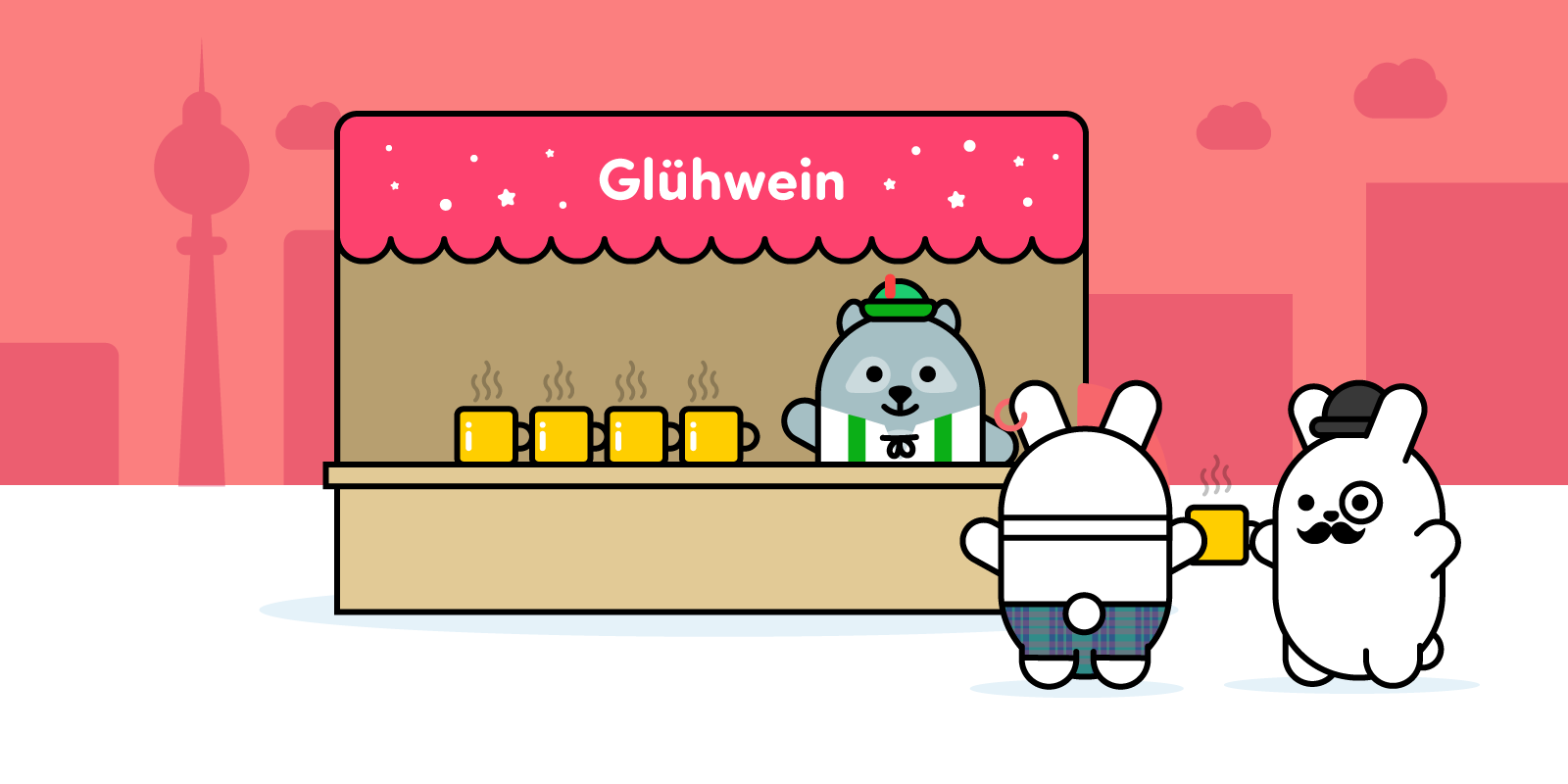
Some Christmas markets are like fun fairs with attractions that you can ride as well as all sorts of things for sale, but the most traditional ones are filled with stalls selling handicrafts and ornaments as well as local foods, often sweets or pastries of some kind, and sweet, hot, mulled wine stalls. They will often have live music, and tents where hot food is to be found as well.
Each German Christmas market has its own slightly different flair, following with the variety within the German speaking world itself, and while Dresden’s 600 year old Striezelmarkt is among the oldest, “German” christmas markets have lately gone international and are now becoming a feature in other countries as well.
Glühwein
It kind of makes sense to drink something warm in the middle of winter, particularly if you are out in the open. In some places people warm themselves (or get the feeling that they are doing so) with some alcoholic drinks. Glühwein combines both of these things! This traditional, sweet, mulled wine with some spices that commonly include ginger root, cinnamon and lemon, although there are many ways to make it, is often the centre of a Christmas market gathering of family and friends that come together sometimes once a year just for this occasion. It also usually has a central role in any gathering of friends during the run up to christmas.

The above were some Christmas traditions in Germany, but by no means all of them. It takes more than a 5 minute read to find out about a country’s culture! If you are interested in getting to know more about Germany and its traditions the best way is to experience them first hand, and to get the full package you should speak at least some the language. Be sure to check back here and on our Instagram page for regular tips, tricks, insights and language learning fun. If it’s grammar or media resources that you’re after, we’ve got some of them as well!
Happy holidays!
Want to learn more?
If you’re feeling inspired, sign up below for a free two-week trial and a Live Lesson with a private qualified tutor to start speaking a new language for real! Our classes are structured around exercises created by language teachers, so there’ll be no awkward silences – we promise! 😉
And don’t forget to check out our Facebook, Twitter and Instagram pages for more language content!
